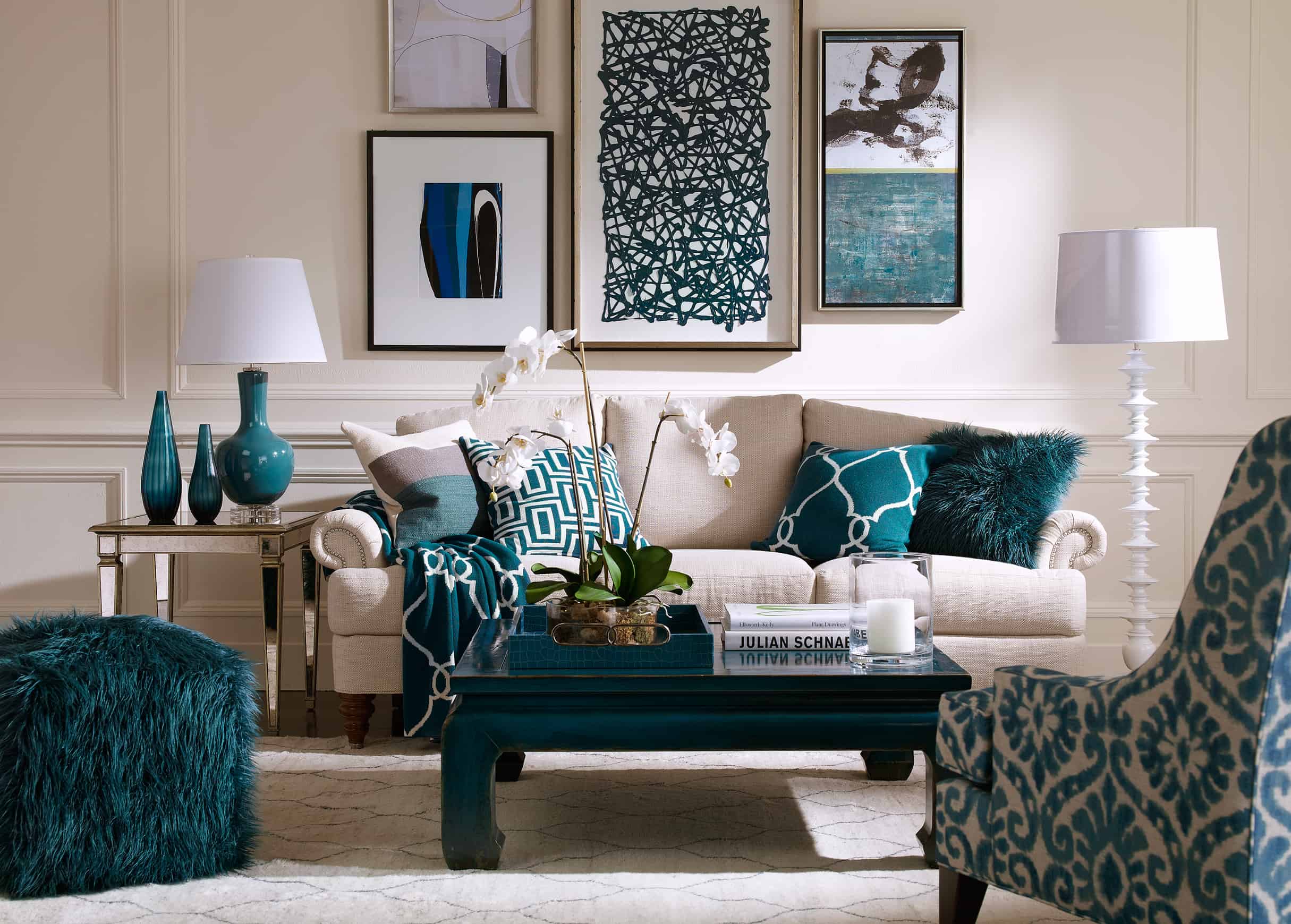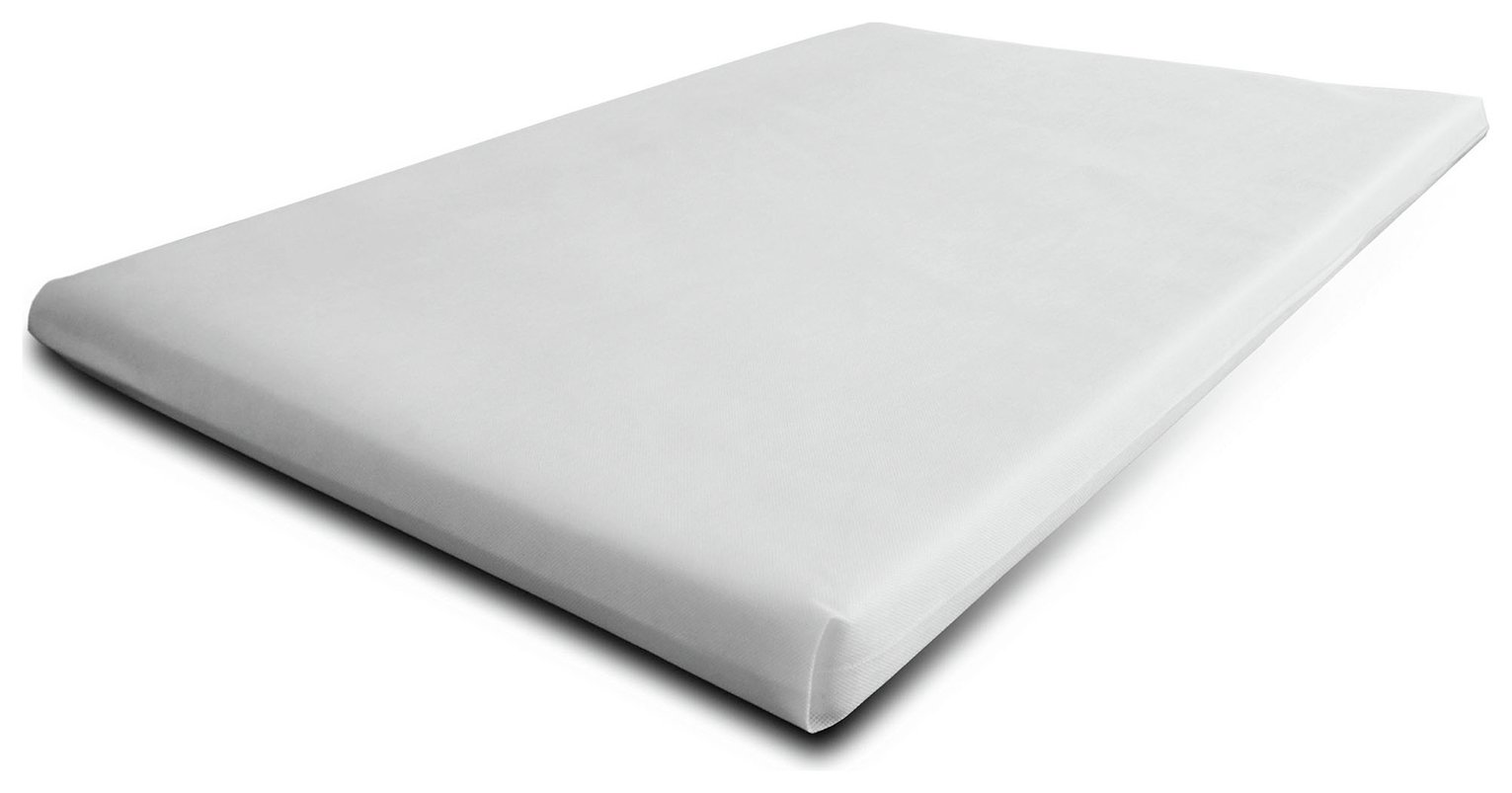The kitchen is often considered the heart of the home, and for good reason. It's where meals are cooked, memories are made, and friends and family gather. That's why having a well-designed kitchen is crucial. It not only enhances the functionality of the space, but it also adds to the overall aesthetic and value of your home.The Importance of Understanding Kitchen Design
Designing a kitchen involves more than just choosing cabinets and appliances. There are several factors to consider to ensure that the space is functional, practical, and visually appealing. These factors include the size and layout of the kitchen, the number of people who will be using it, and your personal style and preferences.Factors to Consider in Kitchen Design
There are certain key elements that are essential to every well-designed kitchen. These include adequate storage, efficient use of space, proper lighting, and quality materials. Other important elements to consider are the traffic flow and work triangle (the distance between the stove, fridge, and sink), as well as the use of work zones or stations for different cooking tasks.Key Elements of a Well-Designed Kitchen
Functionality should be the top priority when designing a kitchen. After all, this is a space that needs to be not only beautiful but also practical and efficient. This means choosing durable and easy-to-clean materials, ensuring proper storage for utensils and cooking tools, and creating designated areas for food prep, cooking, and cleaning.The Role of Functionality in Kitchen Design
Not everyone has the luxury of a large, spacious kitchen. However, that doesn't mean you can't have a well-designed and functional space. With proper planning and utilization of space-saving solutions, you can make the most out of even the smallest kitchens. This could include incorporating multi-functional furniture, utilizing vertical storage options, and cleverly organizing cabinets and drawers.Maximizing Space in Small Kitchen Designs
In addition to functionality and space, it's important to consider the ergonomics of a kitchen design. This refers to the comfort and ease of use of the space. The height and placement of countertops, the depth of cabinets and drawers, and the positioning of appliances should all be carefully thought out to prevent strain and injury while cooking and prepping meals.Ergonomic Considerations in Kitchen Design
A well-designed kitchen should have a cohesive look that ties in with the rest of your home's interior design. This doesn't mean everything has to match, but there should be a flow and consistency in terms of colors, materials, and style. This can be achieved through coordination of cabinet finishes, countertops, backsplash, flooring, and lighting.Creating a Cohesive Look in Kitchen Design
In this digital age, technology has become an integral part of our daily lives, including in the kitchen. Modern kitchen designs often incorporate the use of smart appliances, touch-activated faucets, and voice-activated assistants. These not only add convenience but also enhance the overall efficiency and functionality of the space.Incorporating Technology in Modern Kitchen Designs
Designing a kitchen can be a daunting task, and that's where a professional kitchen designer comes in. They have the knowledge, skills, and experience to help you create a well-designed and functional kitchen that suits your needs and style. They can also assist with maximizing space, selecting the right materials, and incorporating the latest trends and technologies.The Benefits of Working with a Kitchen Designer
Every household has its own unique lifestyle, and a well-designed kitchen should cater to that. Whether you are an avid cook who needs ample counter space, a busy family that requires quick and easy meal prep, or someone who loves to entertain guests, your kitchen design should reflect and accommodate your lifestyle. This may include adding extra seating, installing a large kitchen island, or creating a designated area for coffee or wine.Adapting Kitchen Design for Different Lifestyles
Universal design is a concept that promotes accessibility and inclusivity for people of all ages and abilities. This is especially important in kitchen design, where functionality and ease of use are crucial. By incorporating elements such as lower countertops, varied counter heights, and touch-activated appliances, you can make your kitchen more convenient and accessible for anyone who uses it.Transforming Your Kitchen with Universal Design Principles
The Importance of Functional Kitchen Design

When it comes to designing a kitchen , most people are focused on the aesthetics such as the color scheme, appliances, and decorative elements. However, a key aspect that is often overlooked is the functionality of the kitchen. While a well-designed kitchen should certainly look beautiful, it should also be practical and efficient for everyday use.
One of the main components of functional kitchen design is space optimization . This involves carefully considering the layout of the kitchen and ensuring that there is ample room for movement, storage, and preparation. A well-organized kitchen will have designated areas for cooking, cleaning, and food storage, making it easier to navigate and work in.
Another important aspect of functional kitchen design is ergonomics . This refers to the relationship between the human body and the items in the kitchen, such as the height of countertops, placement of appliances, and accessibility of storage. A kitchen that is not designed with ergonomics in mind can result in discomfort and frustration while trying to use it.
Lighting is also crucial in a kitchen design . A well-lit kitchen allows for better visibility and can enhance the overall ambience of the space. This can be achieved through a combination of natural light, task lighting, and ambient lighting. Additionally, incorporating energy-efficient lighting options can save on electricity costs in the long run.
Incorporating these functional elements into kitchen design not only enhances the usability of the space but also adds value to the home. A kitchen that is well-designed and efficient can make daily tasks easier and more enjoyable, and can also be appealing to potential buyers if the house is ever put on the market.

In conclusion, while aesthetics are important in kitchen design , it is crucial to also prioritize functionality. By considering the space , ergonomics , and lighting in the design process, a functional yet attractive kitchen can be achieved. So the next time you are planning a kitchen remodel, remember the importance of incorporating these key elements for a successful design.



























































































